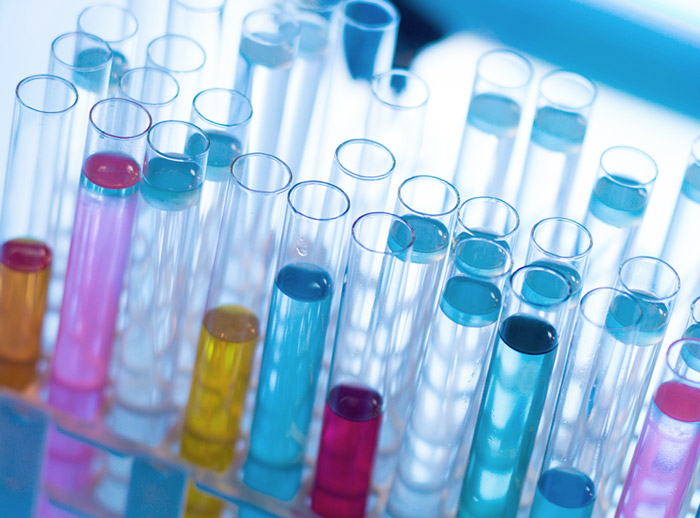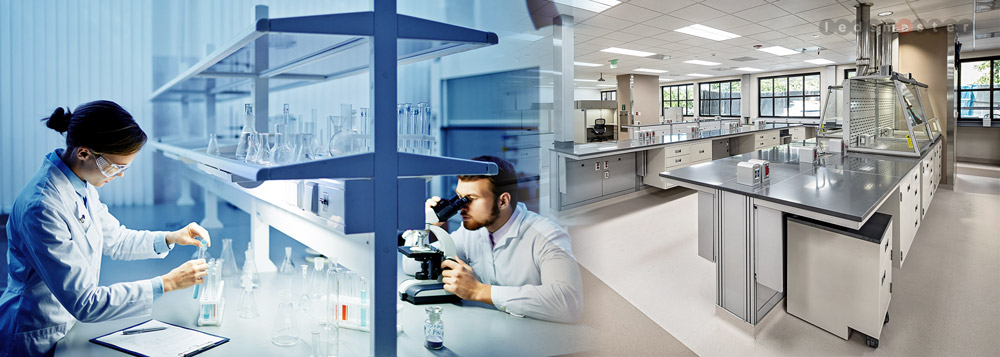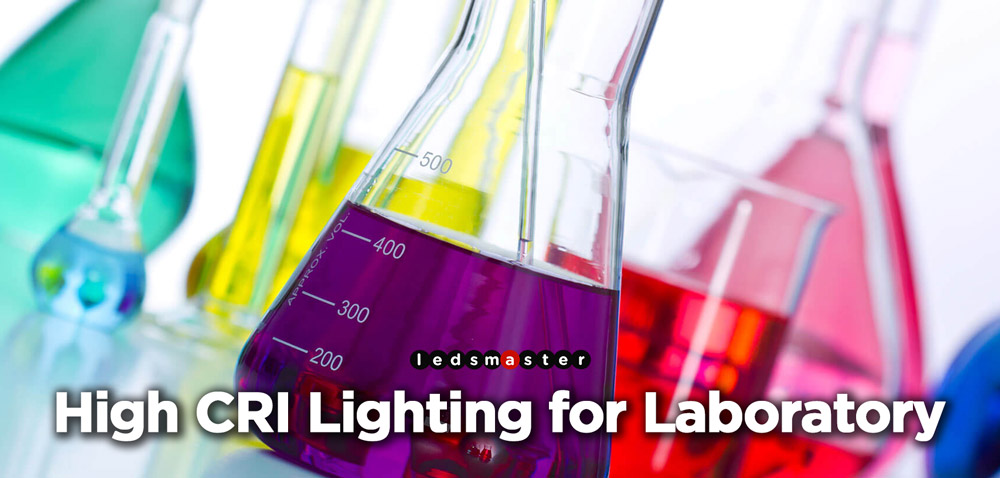Enhance the safety and efficiency of your laboratory with our state-of-the-art laboratory lighting solutions. Designed to withstand the unique challenges of laboratory environments, our lighting fixtures provide bright, clear illumination while ensuring maximum safety. Featuring advanced explosion-proof technology, these lights are constructed from non-sparking, durable materials such as thick tempered glass and robust steel or aluminum housing.
Laboratories often contain numerous hazardous components, including combustible dust, volatile gases, and inflammable chemicals. A tiny spark from electrical fixtures or experiments can lead to serious issues and complications, potentially causing devastating explosions or fires. Upgrading or replacing metal halide, halogen, mercury vapor, or HPS lights with our LED options enhances luminaire protection, increases energy efficiency, and reduces the risk of explosions.
Get your complimentary lighting design today
Table of Contents
ToggleExplosion-proof or hazardous location lighting includes UL-compliant and certified fixtures specifically designed for use in dangerous areas containing combustible materials. Due to the risky nature and storage of various chemicals, including combustible dust and volatile gases, explosions or fires can occur unexpectedly, even with the smallest trigger. The consequences are often harmful, leading to substantial financial and human losses. This is where explosion-proof lighting proves invaluable.
These fixtures are designed to prevent the ignition of inflammable materials within the light itself. To qualify, they must be constructed from non-sparking and durable components such as thick tempered glass or steel and aluminum housing. This design allows explosion-proof fixtures to avoid internal explosions, flashes, or sparks, thereby mitigating associated hazards and risks.
 Laboratories are inherently high-risk environments due to the presence of various hazardous chemicals and components that can react explosively under certain conditions. The potential for explosions in these settings is significant, as even a minor spark or heat source during an experiment can trigger a dangerous reaction. Several key substances and factors contribute to this risk.
Laboratories are inherently high-risk environments due to the presence of various hazardous chemicals and components that can react explosively under certain conditions. The potential for explosions in these settings is significant, as even a minor spark or heat source during an experiment can trigger a dangerous reaction. Several key substances and factors contribute to this risk.
Flammable liquids and gases are among the most explosive substances found in laboratories and pose the highest risk of causing significant damage. Common examples include methane, acetylene, hydrogen, and other hydrogen-containing gases, as well as various petrochemicals. These substances can ignite easily, leading to devastating explosions and severe complications for both safety and operations.
Combustible dusts, while less intense than flammable liquids or gases, still pose a considerable risk. These dusts are commonly found in facilities that handle grain, coal, munitions, or hay. When dispersed in the air and exposed to an ignition source, combustible dusts can lead to fires and explosions, resulting in major disruptions and hazards for businesses.
Ignitable flyings and fibers are typically present in industries such as cotton gins, textile mills, woodworking facilities, and paper mills. These materials can catch fire or explode when exposed to sources of ignition, contributing to the overall risk of explosions in laboratories.
Various sources of ignition in laboratories can trigger explosions, fires, and other hazards. These include loose electrical connections, static electricity, heat, sparking metals, and sparking or arcing devices. When combined with the presence of flammable liquids, gases, combustible dusts, or ignitable flyings and fibers, these ignition sources can create a highly dangerous environment.

Explosion-proof fixtures are specifically designed to prevent sparks or fires from escaping, thereby protecting the entire laboratory. This safety is ensured through a robust and sturdy design capable of withstanding extreme conditions. Typically, these fixtures are encased in thick, premium aluminum or steel housings that resist heat and fires. The metal housing also allows these units to cool down quickly to safer temperatures after extended periods of use. This rapid cooling is essential in preventing overheating, which can be a potential ignition source in environments with flammable materials.
The bulbs within explosion-proof fixtures are designed with thick, tempered glass to minimize the risk of breakage or explosion due to chemical sparks, elevated temperatures, and increased atmospheric pressure in lab environments. This design ensures that any dangerous reactions are contained within the fixtures, preventing them from spreading to other areas of the laboratory. The tempered glass also adds an extra layer of durability, making the fixtures resilient to the physical stresses often encountered in busy laboratory settings.
One of the significant benefits of explosion-proof LED lighting is its ability to produce much less heat compared to traditional bulbs. Advanced LED technology converts most of the energy into direct lighting, which is crucial in sensitive areas like laboratories. Less heat means a reduced risk of sparks or fires, especially in spaces filled with flammable gases or volatile components. Additionally, the lower heat output of LED lights contributes to a more comfortable working environment, reducing the strain on laboratory cooling systems and enhancing overall energy efficiency.

In laboratory settings, observing color changes in chemical reactions, such as during titrations, iodine clock experiments, or pH measurements, is essential. Our LED lights have a high Color Rendering Index (CRI) of 85, allowing for true color reproduction. This feature enables scientists to make more accurate judgments, improving the reliability and precision of their observations and experiments. High-CRI lighting ensures that subtle color variations are clearly visible, which is critical for detailed analytical work and ensures that experimental results are as accurate as possible.
Explosion-proof LED lights are highly energy-efficient, consuming significantly less power than traditional lighting options. This efficiency translates to lower energy bills and a reduced carbon footprint for laboratories aiming to be more environmentally conscious. Moreover, LED lights have a longer lifespan, which means fewer replacements and less maintenance. This durability is particularly beneficial in laboratory environments where continuous, reliable lighting is crucial for ongoing experiments and processes.
LED lights provide bright, uniform illumination, reducing shadows and glare. This uniform lighting is essential in laboratories, where precise work and detailed observations are routine. Improved visibility enhances the focus and productivity of scientists and technicians, allowing them to work more effectively and reducing the likelihood of errors caused by poor lighting conditions.
Explosion-proof LED lighting fixtures are designed to meet stringent safety standards and regulations. They are UL-compliant and certified for use in hazardous locations, ensuring that laboratories adhere to industry safety requirements. By investing in explosion-proof lighting, laboratories not only enhance their safety protocols but also demonstrate a commitment to maintaining high standards of operation and worker safety.
The integration of advanced LED technology further enhances safety by reducing heat output and providing consistent, high-quality illumination. With benefits such as energy efficiency, a long lifespan, and compliance with rigorous safety standards, explosion-proof LED lighting not only protects laboratory personnel and property but also supports the precision and reliability of scientific work. Adopting these lighting solutions is a crucial step in fostering a safer, more efficient, and compliant laboratory environment.